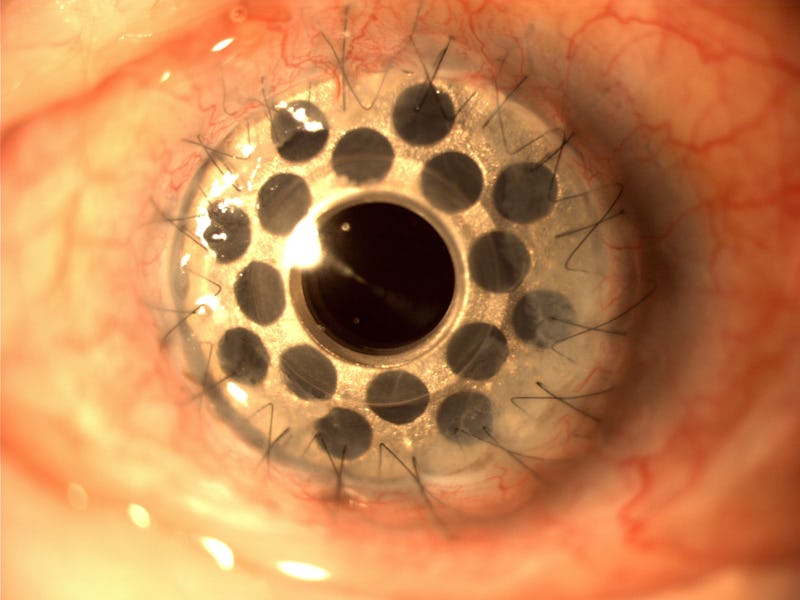Fear of Holes May Not Caused by Actual Fear, Scientists Learn
Trypophobia isn't actually a phobia.

The world is full of disturbing images. For some it’s blood and gore, for others, it’s Donald Trump and Cheetos, and for others it’s…holes? Yup, trypophobia, the fear and discomfort that comes at the sight of patterns or clusters of holes and bumps, is real. I should know: I shudder wildly and recoil in visceral distress when my eyesight happens to take hold of an aggregated collection of holes, cavities, or bubbly shapes. Could be fungal spores, or aerated chocolate, or shiny little cavities coming of a piece of wood. But exactly why some humans react like this to certain images makes no sense, least of all to researchers. What the hell exactly is trypophobia?
Turns out, it may not even be a phobia. In findings reported in the journal Peer J, psychologists at Emory University argue the discomforting response trypophobes feel at the sight of holes is not due to irrational fear, but to disgust. Under those parameters, trypophobia, which is not officially recognized by the American Psychiatric Association’s Diagnostic and Statistical Manuel of Mental Disorders (DSM), wouldn’t qualify as an irrational fear — but merely an aversive response to something that just appears repulsive.
That might actually make sense. Prior research suggested that trypophobia might be a leftover evolutionary trait that kept humans wary of patterns commonly associated with hostile creatures, like spiders or snakes, or toxic plants.
“We’re an incredibly visual species,” Vladislav Ayzenberg, a graduate student at Emory University, and lead author the new paper, said in a news release. “Low-level visual properties can convey a lot of meaningful information. These visual cues allow us to make immediate inferences — whether we see part of a snake in the grass or a whole snake — and react quickly to potential danger.”
Basically, when the mind, even at a low level, senses danger, it needs to kick in the fight-of-fight response that gets blood pumping and breathing rates up so the body can react fast and avoid harm. The researchers thought this sort of hyperarousal might explain trypophobia more accurately.
The researchers used eye-tracking technology to measure responsive pupil dilation in participants — all of whom were who were subjected to images of clustered holes, dangerous animals, and neutral objects. Pupil dilation corresponds with fight-or-flight, so if eyes were widening out in response to hole-y pictures (as it would to threatening beasts), it would show that fear governs trypophobia.
But the researchers instead observed that images of holes lead to pupil constriction — a response associated with disgust, not fear. Disgust, the researchers explain, goes hand-in-hand with a slower heart rate and breathing, to make the body more cautious of its surroundings and prepare itself for imminent harm.
Why would humans want to be disgusted by holes? The research team thinks that humans and primates of old probably connected holes with signs of contamination or disease, like rotten or moldy food, or rash on the skin caused by infection.
Furthermore, none of the participants in the study reported having trypophobia before, which leads the researchers to think that a general aversion of holes is actually a pretty common response for most people. It’s just that trypophobes exhibit an extreme version of this aversion.
Interesting, sure, but this comes as no real consolation to us ones afflicted by trypophobia. Whether it’s out of fear or disgust, I’ll still be wailing in horror at the sight of clusters of holes. God I hated writing this article.